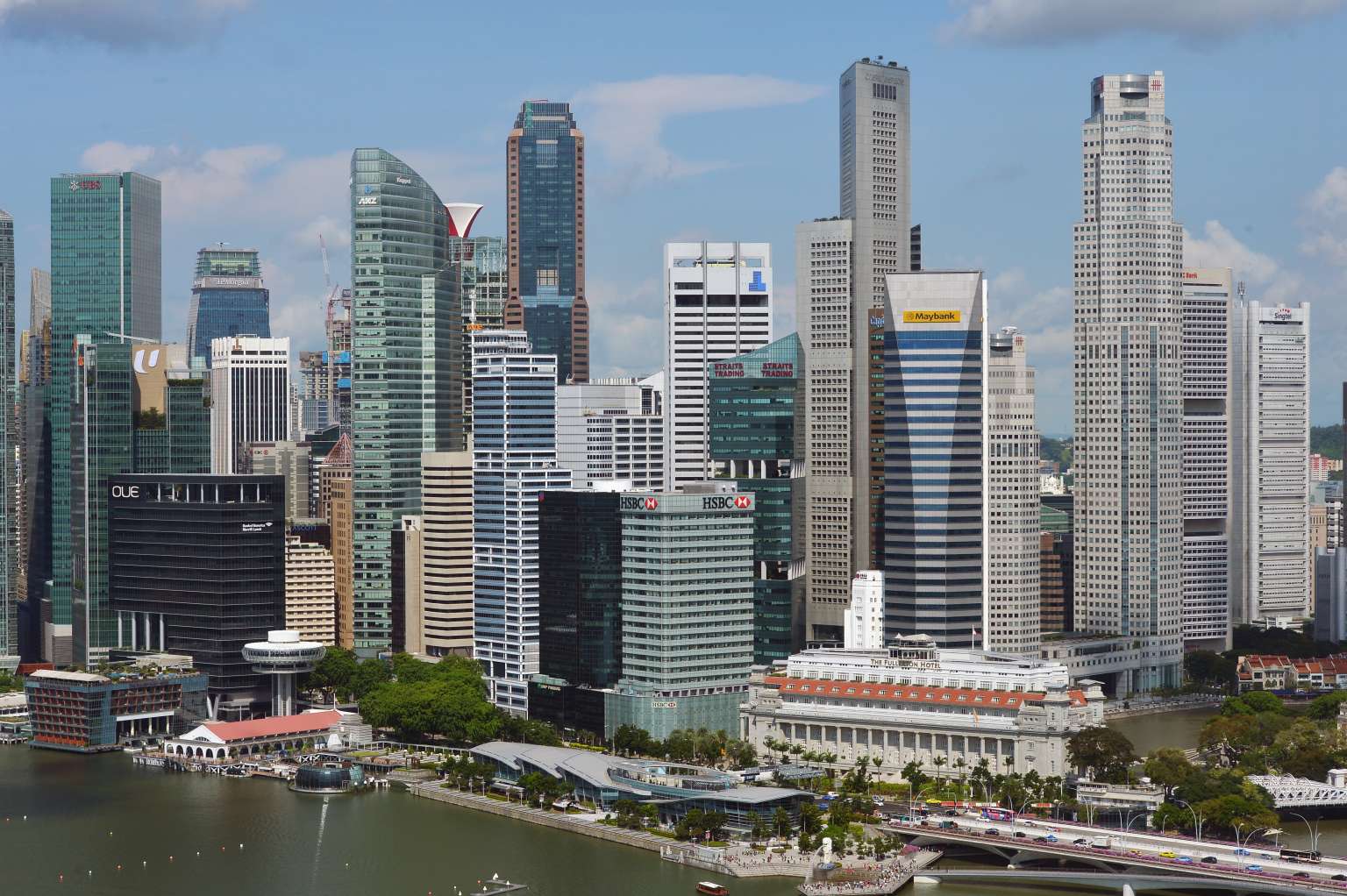Singapore avoids technical recession but concerns linger
Sign up now: Get ST's newsletters delivered to your inbox

The Singapore Central Business District.
PHOTO: ST FILE
Chia Yan Min
Follow topic:
SINGAPORE - Singapore managed to escape a technical recession in the third quarter, defying predictions that a slowing China, hazy conditions, and turbulent stock market activity would drag growth into further negative territory.
But concerns over anaemic growth continue to linger, as the central bank moved to slow the appreciation of the Singapore dollar for the second time this year.
The economy grew 1.4 per cent in the the three months to September over the same period a year ago, the slowest pace in three years.
Flash estimates by the Trade and Industry Ministry on Wednesday (Oct 14) also showed that the economy grew just 0.1 per cent in the third quarter compared with the April to June period.
This means that the economy narrowly avoided entering into a technical recession, defined as two consecutive quarters of declines in economic output.
Weighed down by weak global demand, the manufacturing sector was the biggest drag on growth, contracting 6 per cent in the third quarter over the same period a year ago.
Services grew 3 per cent while construction expanded by 1.6 per cent over the same period last year.
But while Singapore dodged a recession this time, the economy is not out of the woods just yet.
In a cautiously worded statement, the Monetary Authority of Singapore warned that the growth outlook has dimmed compared with six months ago.
Giving an appraisal of the global economy, MAS said that while the private consumption in the US is strong, the country's demand for imports has been weak.
Similarly, economic recovery in Europe and Japan is likely to be slow while China's growth momentum is "easing on a sharp deceleration in investment growth."
"Taken together, these factors will weigh on the region's commodity producers and trade-dependent economies. As a consequence, the growth outlook for Asia ex-Japan as a whole has dimmed," said MAS in a statement.
With growth prospects slightly weaker, and core inflation likely to continue rising, the central bank tweaked monetary policy on Wednesday, by slowing the rate of appreciation of the Singapore dollar.
The MAS uses the exchange rate as its main monetary policy tool, to strike a balance between inflation from overseas and economic growth.
A stronger currency helps counter inflation by making imports cheaper in Singapore dollar terms, while a weaker Singdollar helps boost growth by making exports cheaper in foreign markets.
The gloomy outlook by the central bank prompted some economists to slash their growth forecasts for the year.
Citi economist Kit Wei Zheng downgraded his growth forecast for Singapore to 1.6 per cent this year, down from the previous 1.8 per cent target, noting that growth is "sluggish but non-recessionary".
Bank of America Merrill Lynch economist Chua Hak Bin is keeping his forecast of 1.6 per cent but warns that growth could come in weaker given the weak external environment.
"An extended period of weak external demand, slower growth in the immediate neighbouring region, low oil prices and Singapore's ongoing restructuring will continue to hurt economic activity," said Dr Chua.

